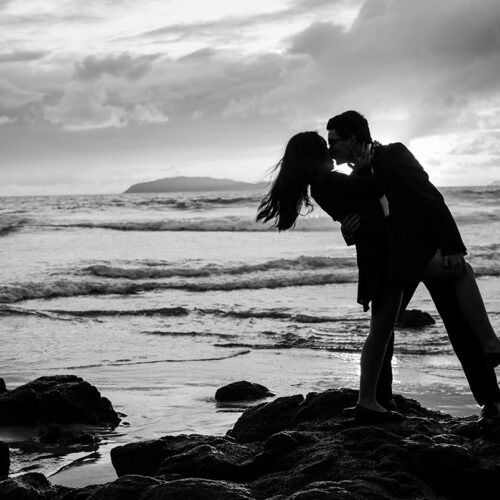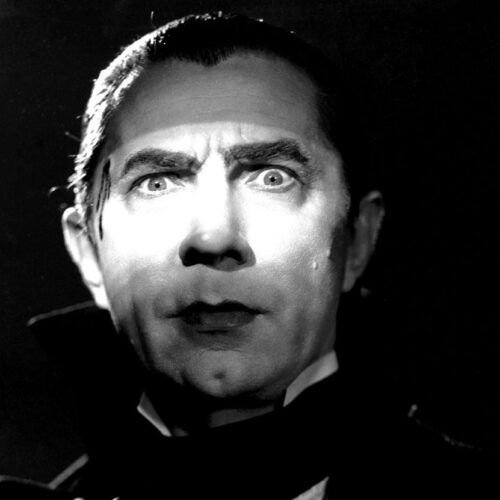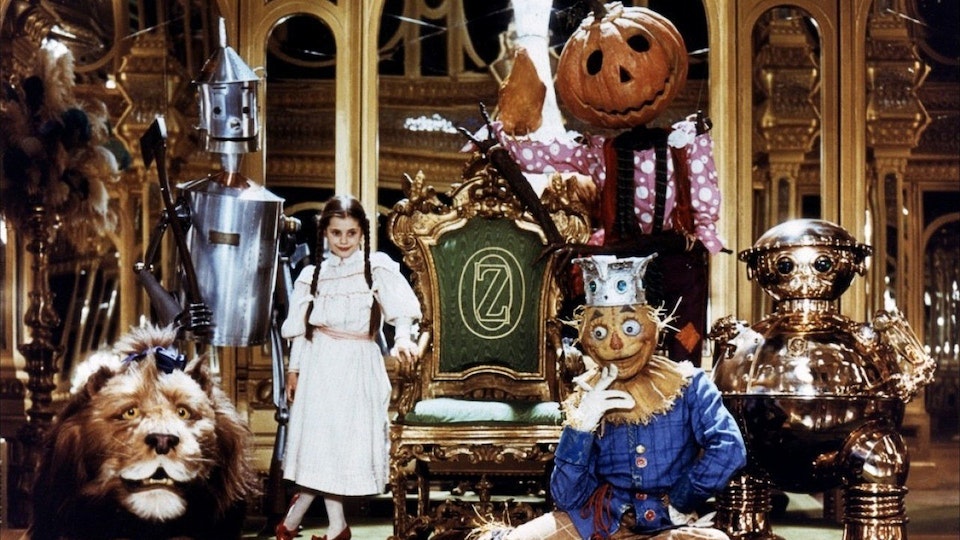
Growing up in the 80s, I was exposed to some pretty dark films made for kids. Case in point, one of the first movies I ever saw in the theater was Return to Oz, a 1985 Walt Disney Studios production that was an unofficial sequel to the 1939 classic, Wizard of Oz starring Judy Garland, and inspired by the books by L. Frank Baum. Like the Garland version, many kids who saw Return to Oz were scarred by the frightening images, but this one took it a step further. What many perceived would just be a fun fantasy for children was actually much closer to a horror flick.
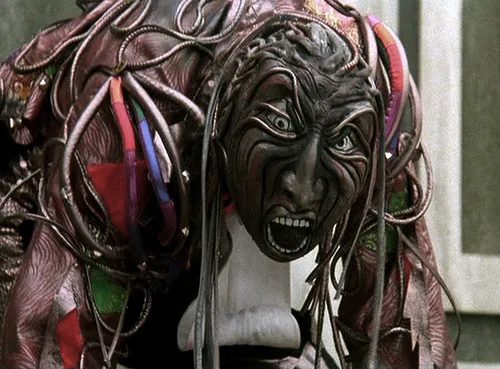
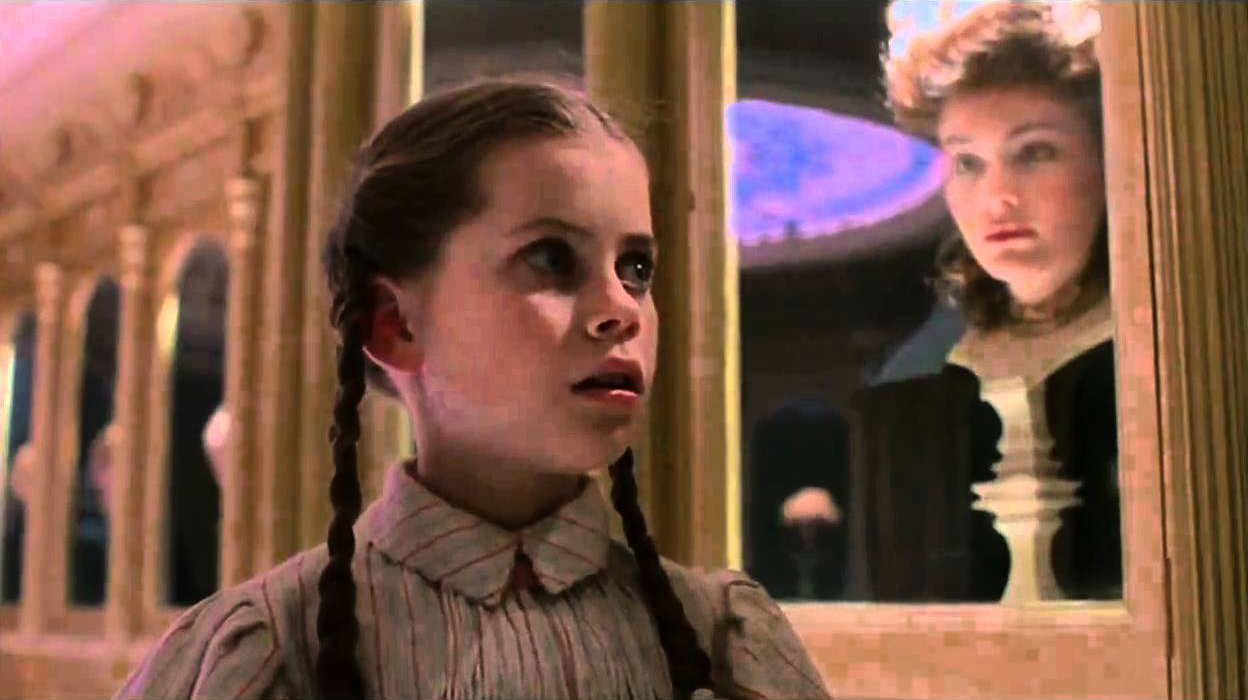
I remember staring wide-eyed at the screen as Dorothy was left at a mental institution and strapped to a gurney as a sinister doctor and nurse prepared her for electro-shock therapy. I had never heard much about such things, but based on the stormy atmosphere, screams echoing down the halls, and eerie music, it was apparent this would not end well. Then there were the horrific, shrieking Wheelers who chased Dorothy throughout a broken-down Emerald City where all her friends and townspeople were turned to stone. And horror of horrors, when they went to visit the evil Princess Mombi, they discovered she had taken the heads of all the beautiful women and swapped them out according to her whims. Yes, this “children’s movie” actually showed a headless woman and her gallery of breathing heads looking around the room. That one gave me nightmares for weeks!
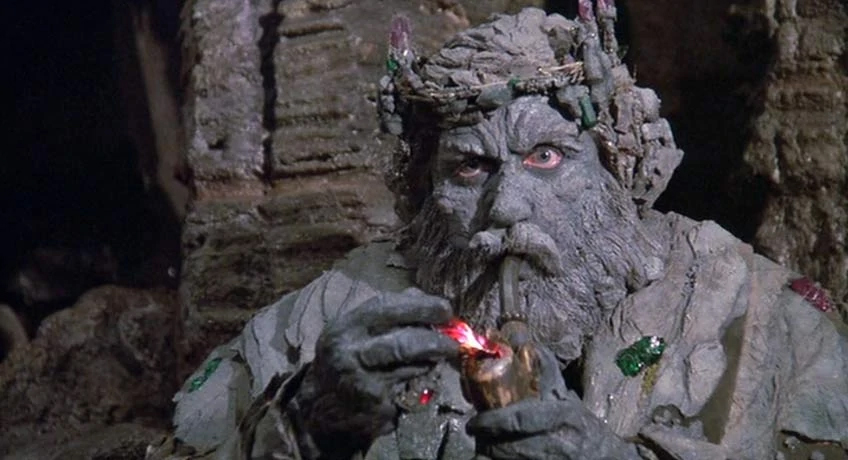
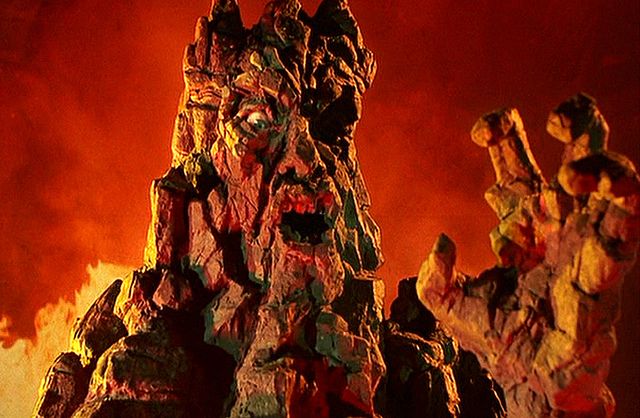
But to confront the real villain, The Nome King, they had to cross The Deadly Desert, where anything that touched it would immediately turn to sand. Even the friends Dorothy made along the way had an unsettling nature to them. But the Nome King, a wicked tyrant made of stone who controlled a jagged mountain, was no less terrifying as he was sophisticated and sadistic in his deceit. There would be no quick finish to our heroes, no he wanted to play with his supper, but his ultimate demise was brought about in a visually disturbing display.
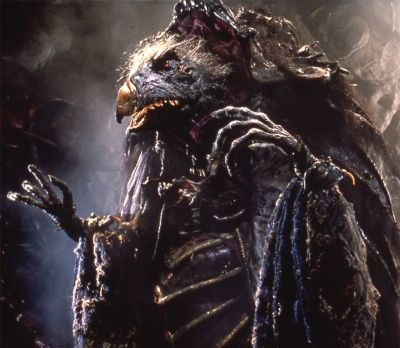
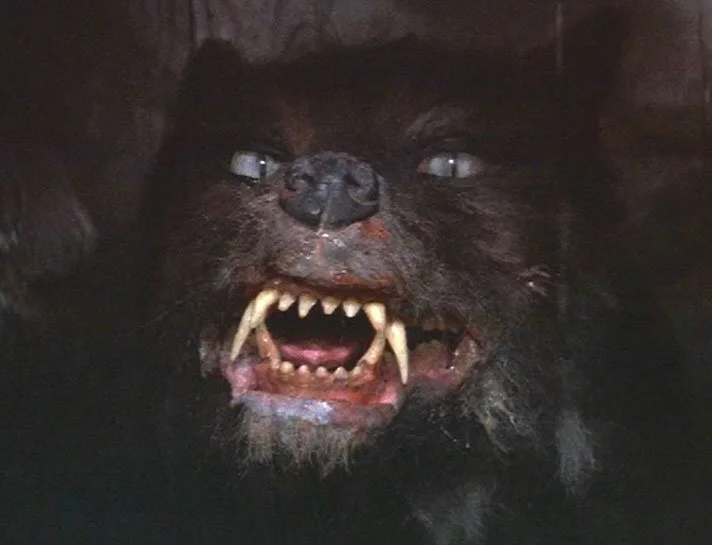
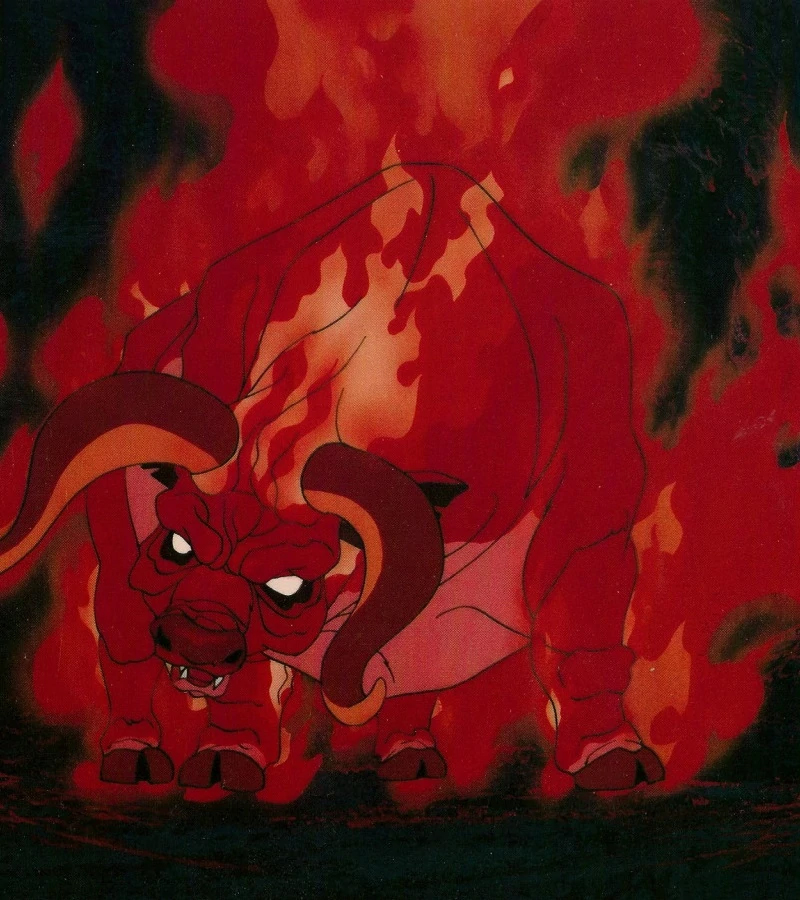
Needless to say, they don’t make movies quite like this anymore for children, it would be almost unthinkable, but that’s not necessarily a good thing. As a kid, while I was certainly terrified, I didn’t question if making a film this dark was sensible, I just understood the threat and that the stakes were high. It was effective, so in the end, I loved the film and it became one of my favorites. But it wasn’t the first film I watched as a child that was a bit twisted in this way. I had already been exposed to films made around that time like The Dark Crystal, The NeverEnding Story, The Last Unicorn, The Secret of Nimh, and others. That same year, Legend was also released which featured some pretty darn terrifying imagery as well (who could forget Tim Curry as the Lord of Darkness) and Disney’s The Black Cauldron (featuring one of Disney’s all-time scariest villains, The Horned King). And the following year Labyrinth came out (which became my favorite film of all-time) along with the Magical World of Disney made-for-tv-movie, Mr. Boogedy (which was intentionally made to be a horror movie for children).

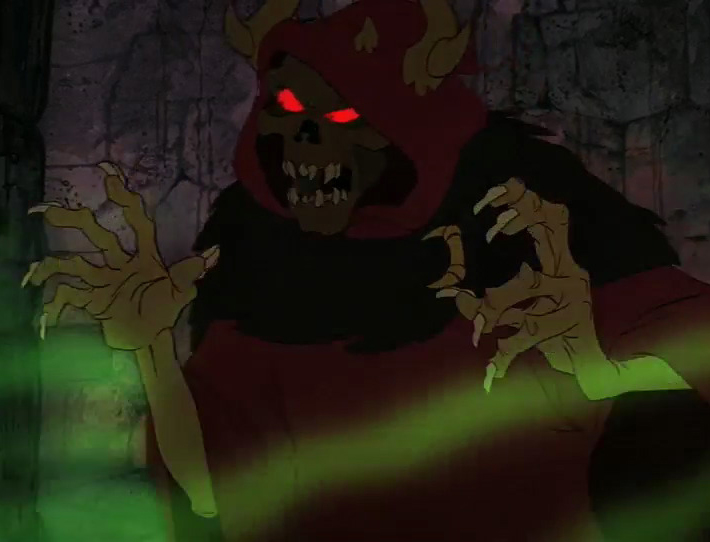
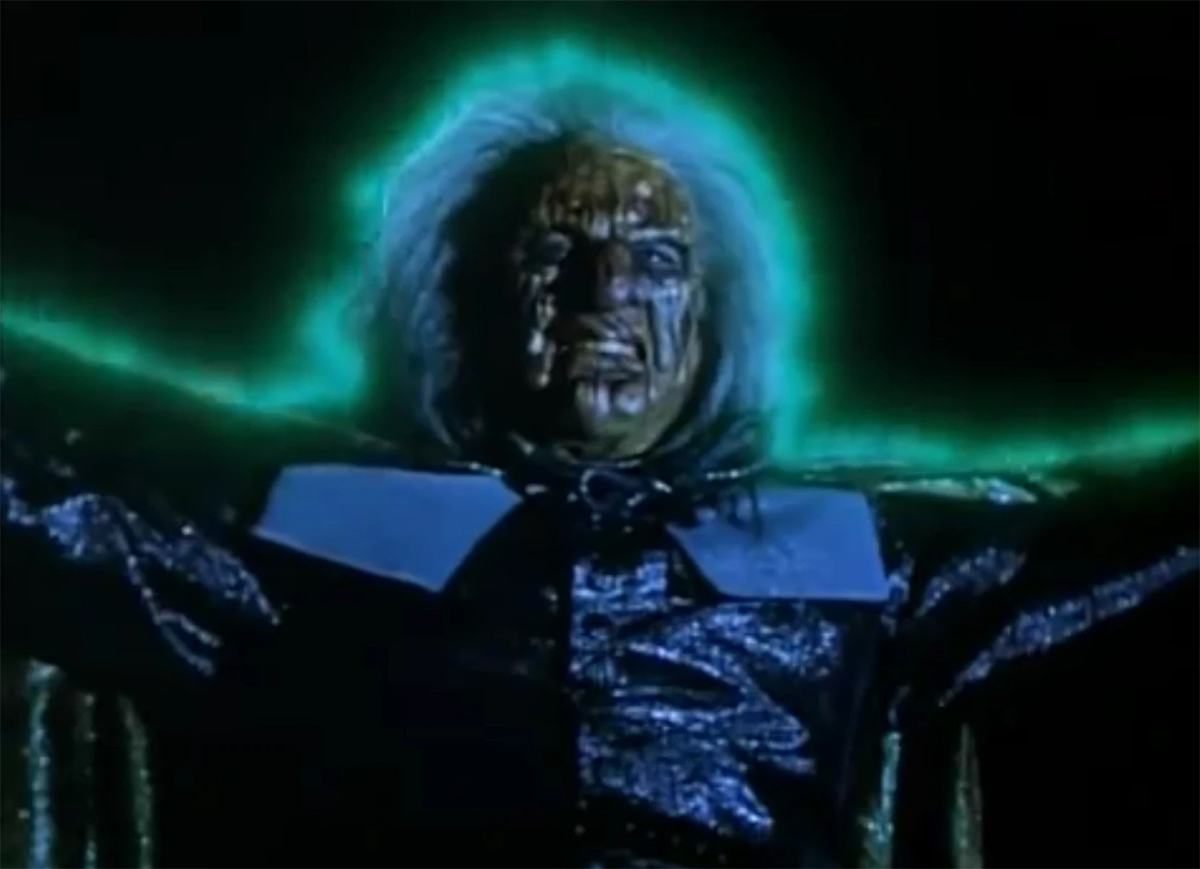
So I was no stranger to wicked villains, ghoulish imagery, and sinister underworlds. I don’t deny it had some effect on me, perhaps I even had my share of sleepless nights, but overall those movies stuck. I still cherish them to this day as I see the value they brought to my upbringing. Like all good fairy tales, there is always a touch of the macabre in any life lesson. If the stakes aren’t high, if the threat isn’t great, then there isn’t much to take away. And that is what I believe is lacking with most children’s films these days — takeaway. They may appear safe, but without a moral, all you get is mindless entertainment, which is far more damaging.
Sure, there are plenty of incredible effects, butt-kicking heroes, and subversive messaging, but the one thing that is missing is a true villain. It is not uncommon now to either make the villains hilarious, bumbling fools, or sympathetic in some way. They never pose a real threat, are easily overcome, or we find they are just misunderstood. It’s almost as if they are doing everything they can to avoid exposing evil or even acknowledging its existence. Instead, the focus becomes not in identifying things that will harm you, but rather world building and redefining what a hero actually is. It’s no longer a person with immense courage who perseveres through incredible odds to defeat the devil, no it’s someone who tells it like it is, who proves women can outperform men, and the ability to exercise your own will to be your true self. And it’s failing.
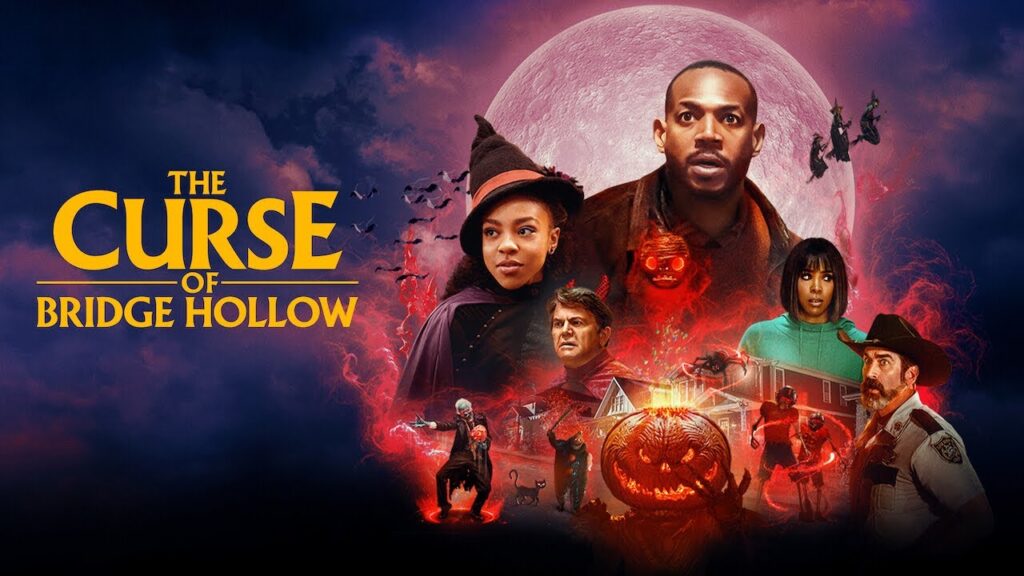
A great example of this is the new Netflix original film, The Curse of Bridge Hollow. The cast is pretty great (featuring Marlon Wayans, Kelly Rowland, and the upcoming young star of Stranger Things, Priah Ferguson) and the setting and effects are fun, but it falls flat. What is intended to be a family-friendly Halloween flick for kids really does its audience a disservice by playing it safe. Despite conjuring a curse from Satan that takes over the whole town, you never get the sense that anything bad is going to happen because it doesn’t. The whole film feels as threatening as walking through a local haunted attraction. Sure, it’s kinda fun to pretend you are scared but you never believe you are truly in any real danger. Neutering evil in this way gives children a false sense of security, but Satan is absolutely relentless in his desire to destroy — seeking whom he may devour. This film gives you the impression he’s actually pretty harmless.
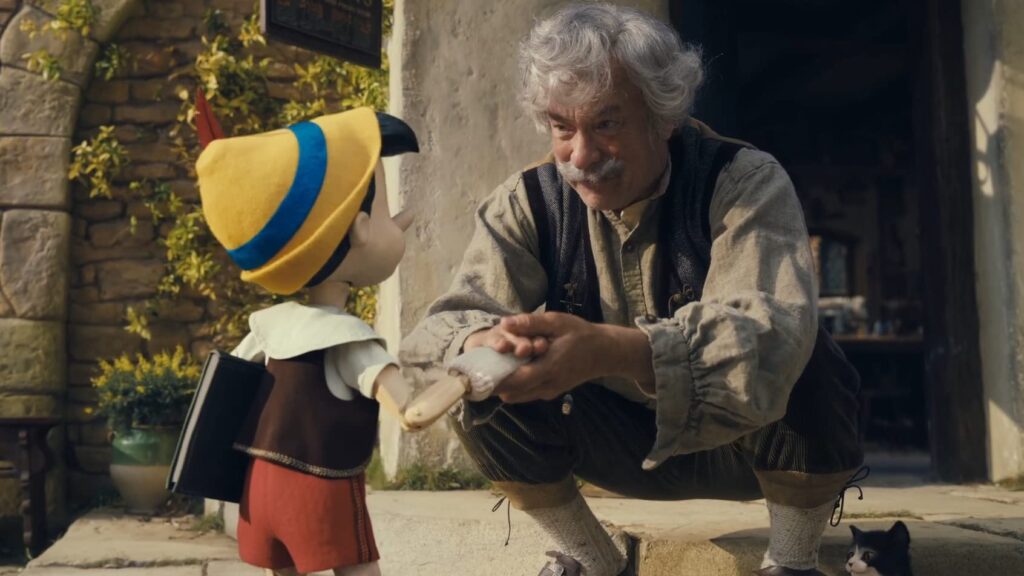
And take for instance the recent Disney live-action version of Pinocchio. The 1940 animated film was truly frightening as a kid because you saw Pinocchio suffering the consequences of his poor choices to satisfy his every desire, something most children relate to, but the result was nothing short of a scene from a horror movie. In the new version, Pinocchio is merely the victim of those around him, being whisked away to Pleasure Island against his will and his greatest crime is drinking Root Beer. This makes his “punishment” appear unreasonable and therefore, no great lessons about morality are learned.
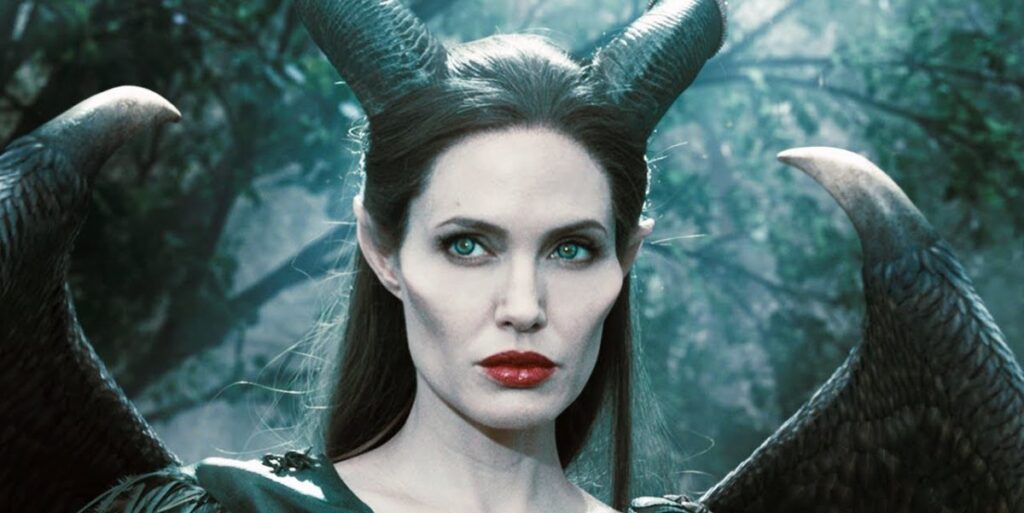
Another such example of watering down children’s films would be the 2014 follow-up to Disney’s Sleeping Beauty, Maleficent. What was meant to give the backstory on Disney’s most feared villain, became a complete retelling which altered many main events from the original film to cast Maleficent as a child of nature who was simply a victim rather than the witch who conjured the powers of hell. Instead, Aurora’s parents were made to be the real perpetrators and so she chose the great witch over them and her beloved prince. Hardly compelling cinema, if you ask me. But it was visually stunning, which I guess is supposed to be enough these days. But visuals only take you so far. A dark forest, for instance, is only as threatening as its potential to conceal monsters. Otherwise, it’s nothing more than a dimly lit scene.
While I could cite many more examples of how the film industry continues to defang evil, I think the point is this…the end result is not only poor storytelling but it deceives children into thinking that there is nothing to fear. But nothing could be further from the truth. We live in a fallen world full of villains and an enemy who seeks to do us great harm. Most of all through such deceit, lulling kids into a false sense of security to explore their feelings, ignore their parent’s warnings, and indulge their every whim. Because everything will work out in the end? No, true courage and sacrifice are required. But now there is no need to call out to God for strength to defeat or withstand a great enemy. God only gets in the way of a good time these days. In fact, the true villain is authority.
Some may be concerned that depicting the darkness may be too intense for sensitive children, but truly, kids can handle so much more than we give them credit for. The time for instilling lessons of virtue and nobility is now. It’s in every great children’s story that has stood the test of time, and if the Bible does not sugar-coat evil, then there is no reason we need to. That doesn’t mean we act without discretion, but certainly, the answer is not to do away with it altogether. Because of the movies and books I was exposed to as a child, there was no confusion for me as to what evil was, what it looked like, what its tactics were — and that it needed to be defeated.
But for those who feel no warning is needed, good news — the next boat to Pleasure Island leaves in 15 minutes. Will your child be on it? Well, not to worry. What’s the worst that could happen?
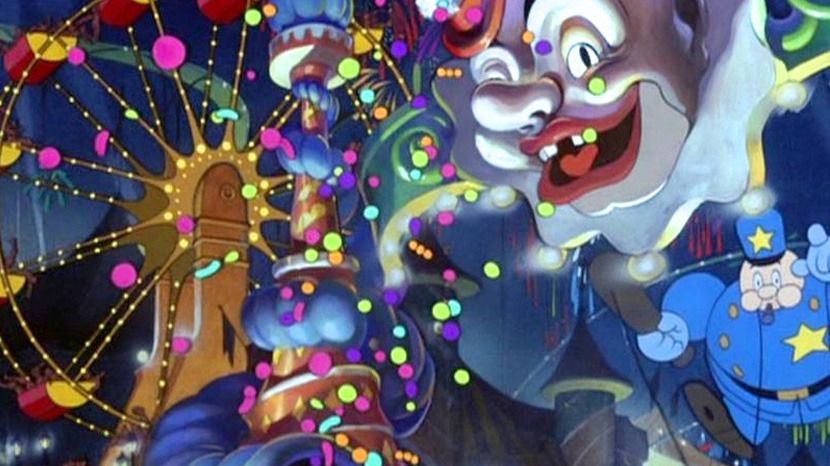
“Do not participate in the worthless and unproductive deeds of darkness, but instead expose them [by exemplifying personal integrity, moral courage, and godly character]; for it is disgraceful even to mention the things that such people practice in secret. But all things become visible when they are exposed by the light [of God’s precepts], for it is light that makes everything visible. For this reason He says, “Awake, sleeper, And arise from the dead, And Christ will shine [as dawn] upon you and give you light.””
—Ephesians 5:11-14 (AMP)

Jakki Jelene is a lover of literature and the sea. Whether cozying up with a classic novel or a book of poetry, immersive storytelling has inspired her to express her thoughts in writing for most of her life. Jakki currently resides in beautiful West Michigan with her husband and furry companions.



